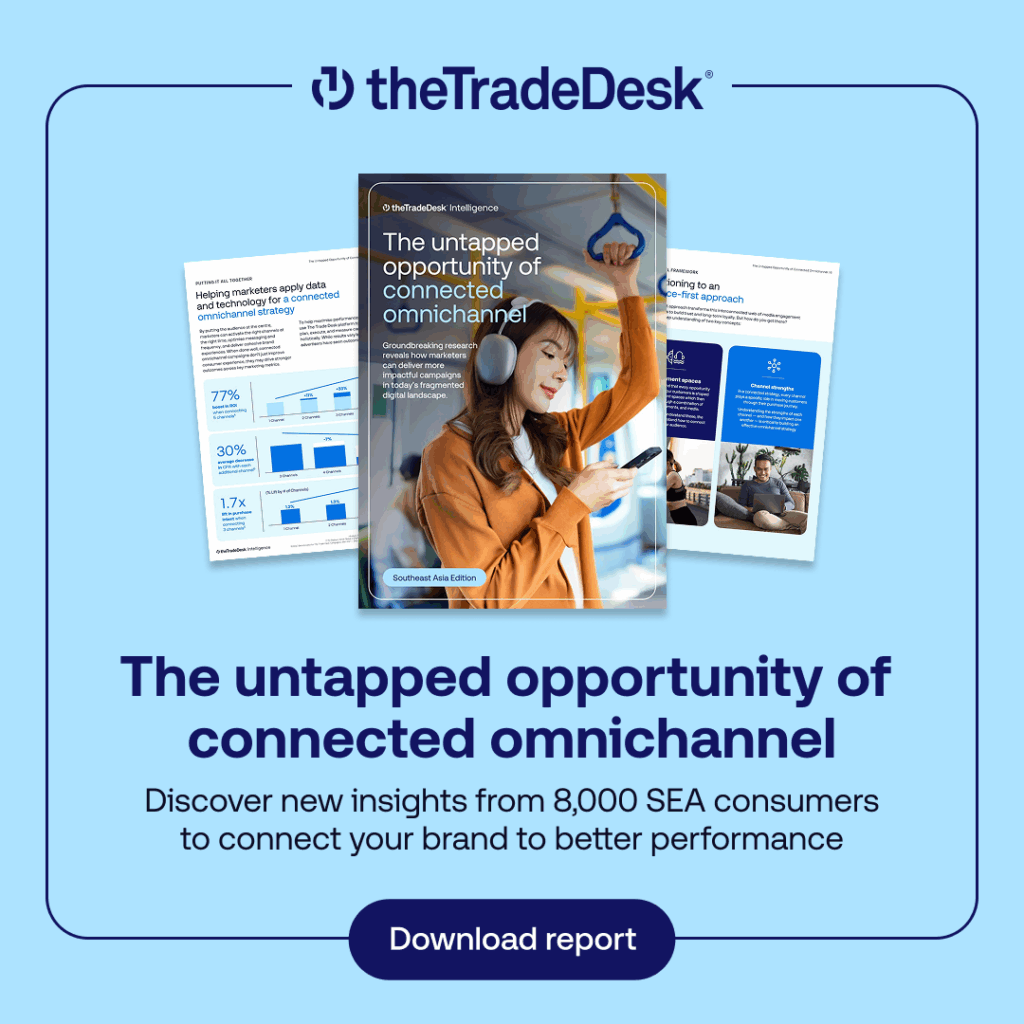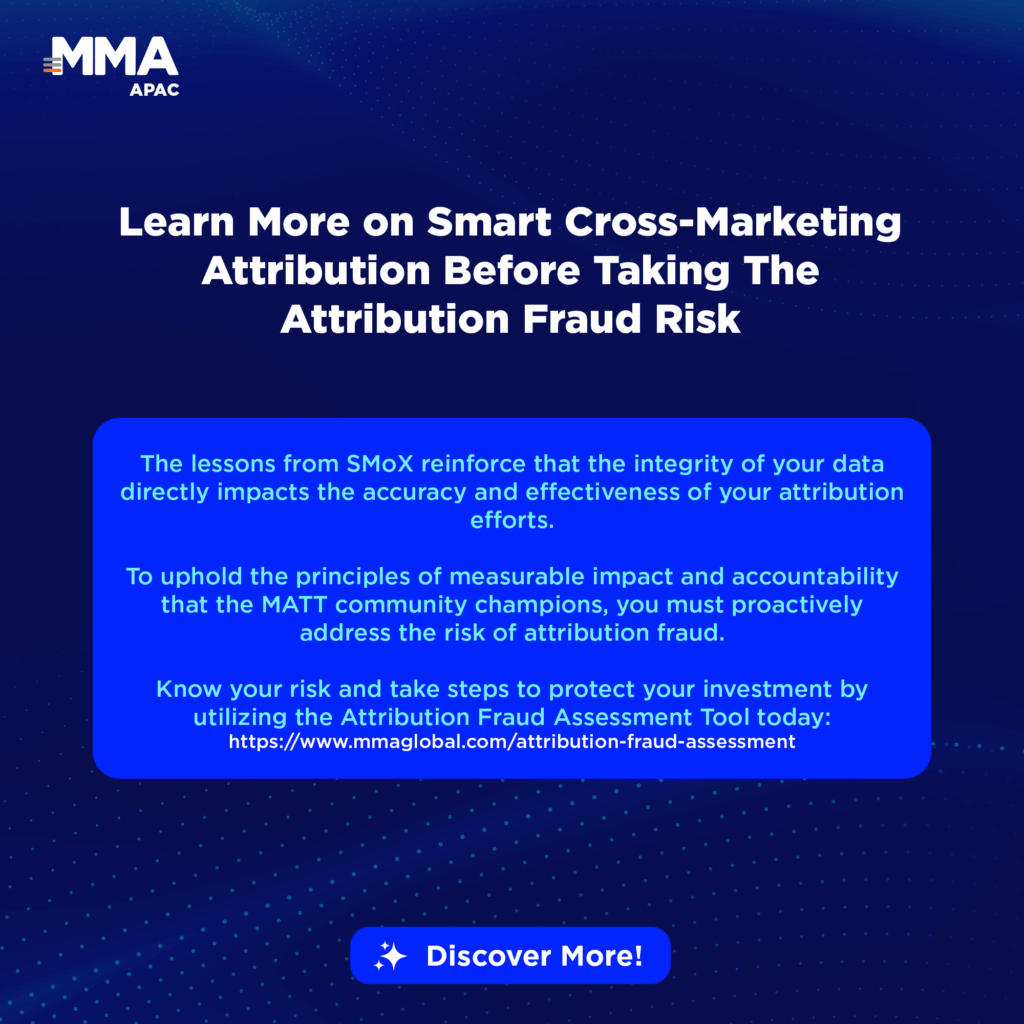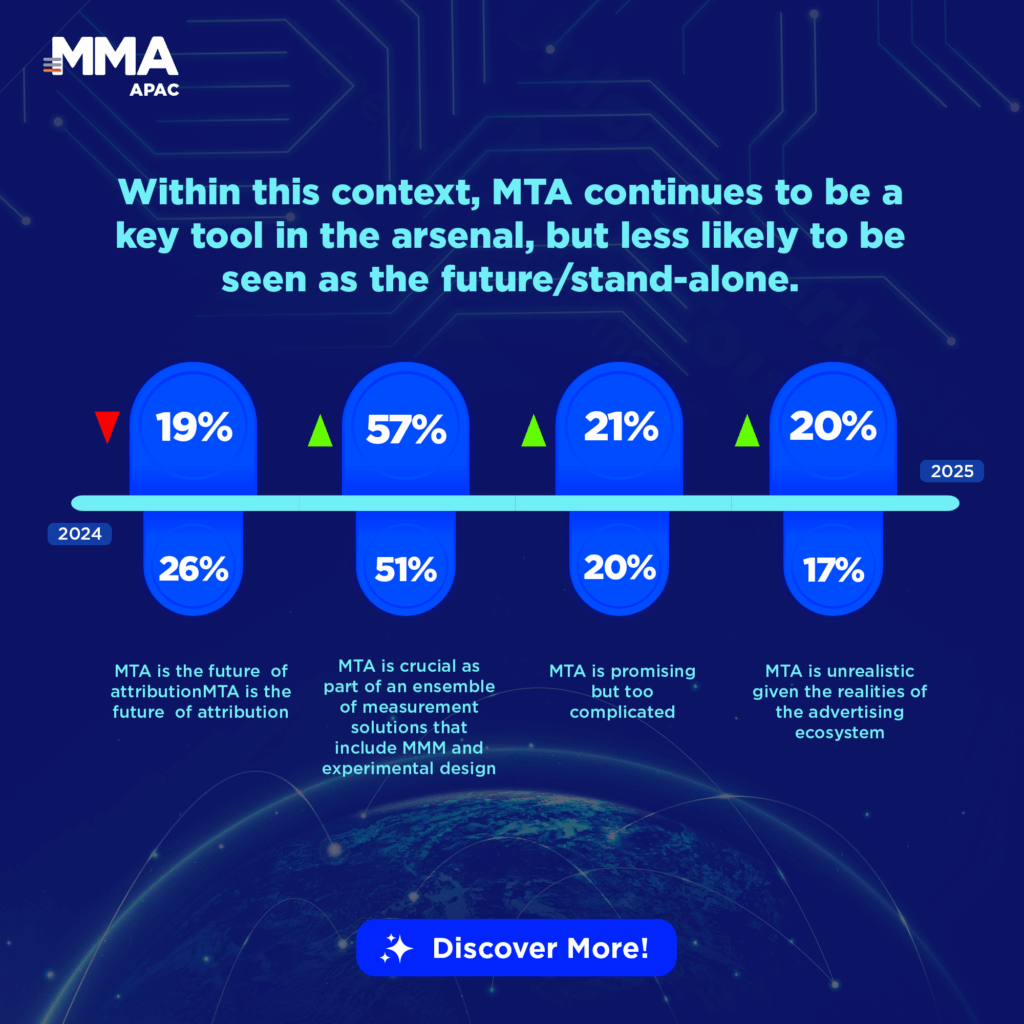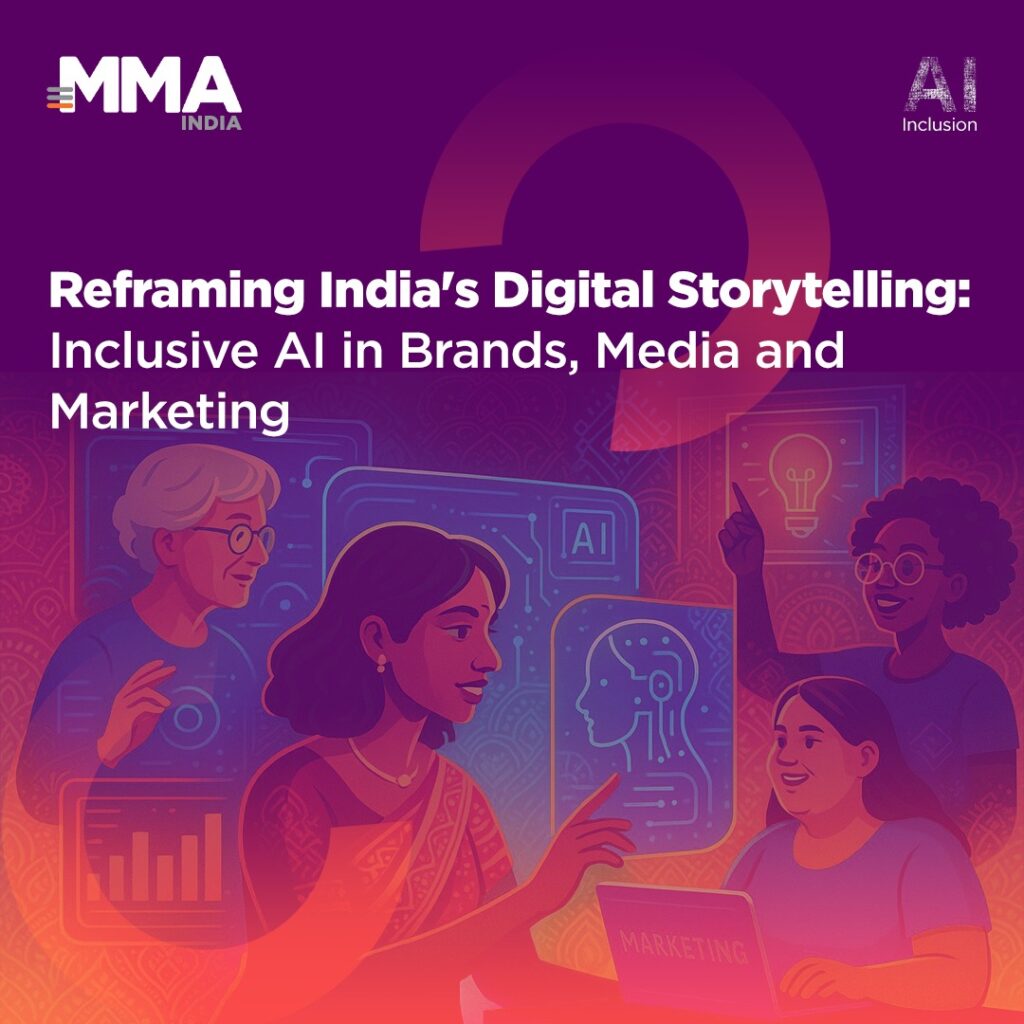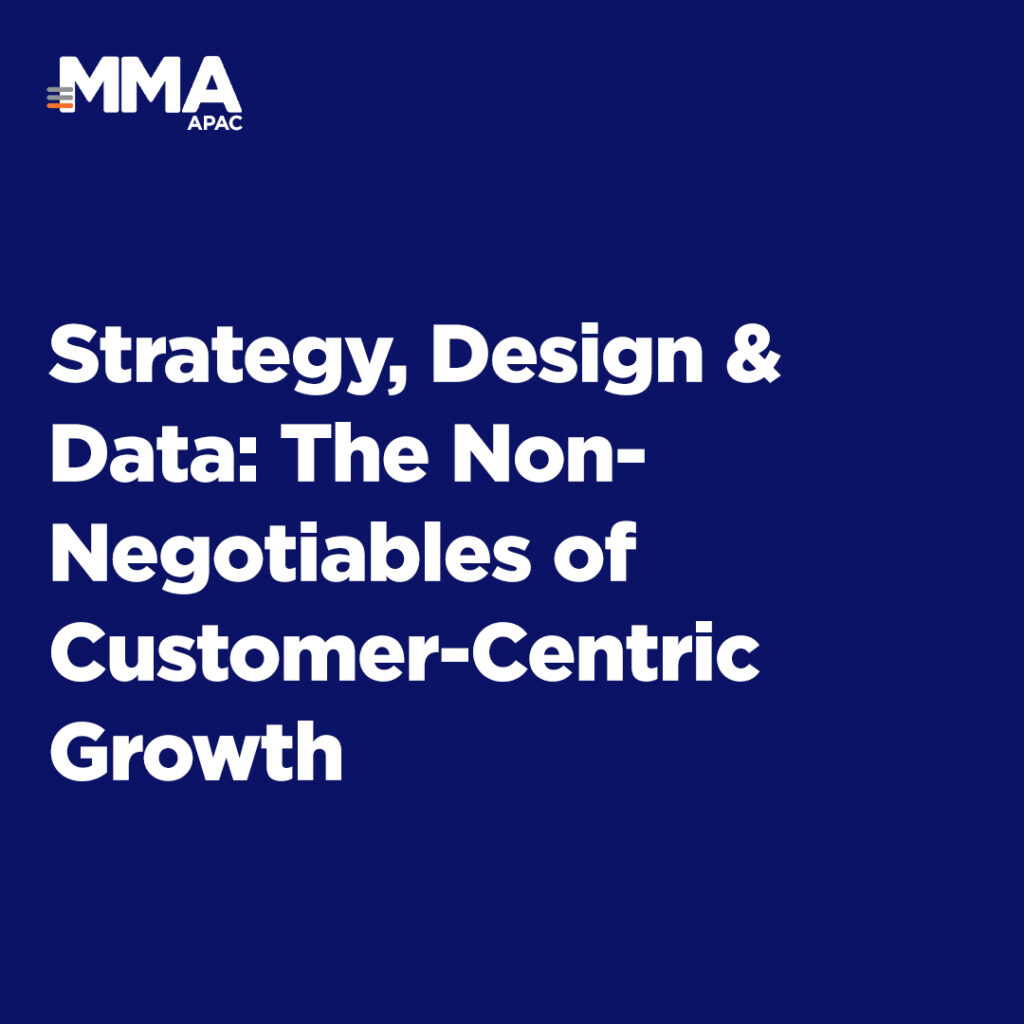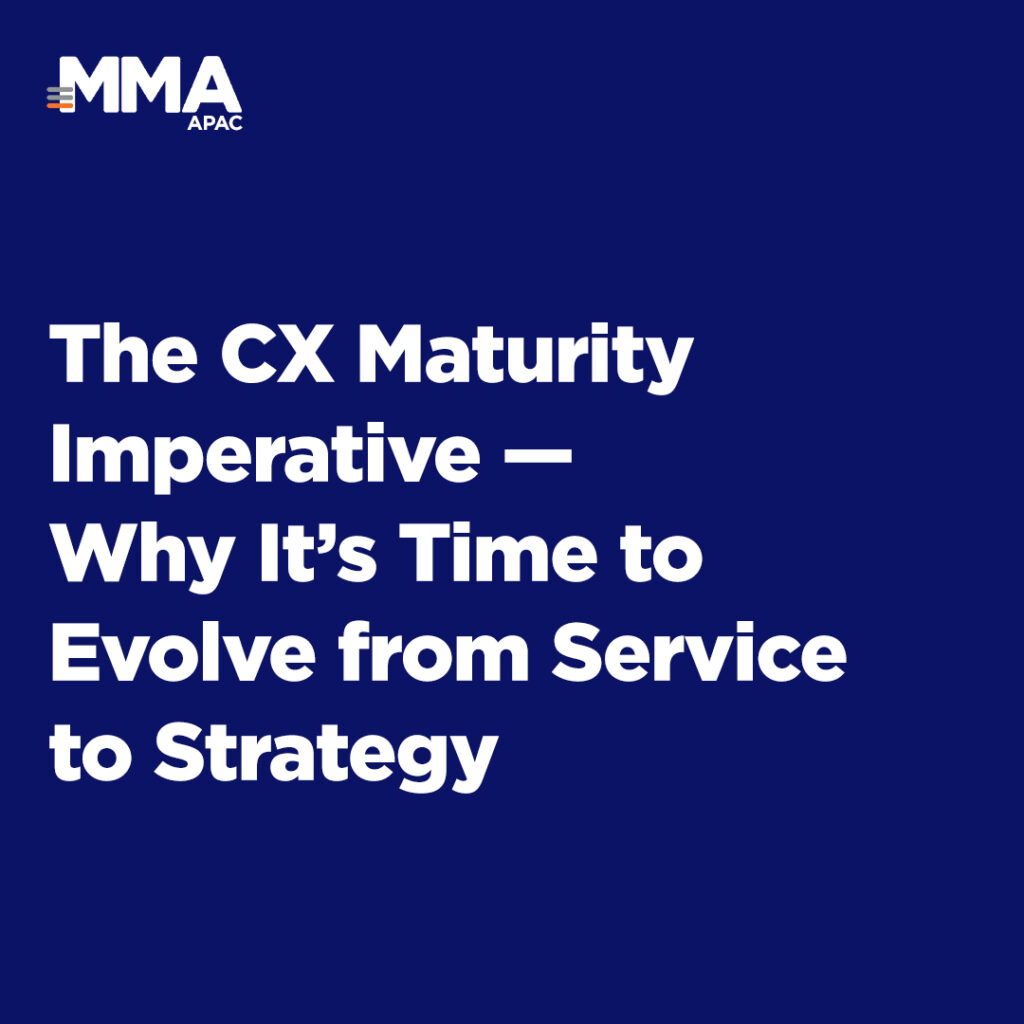
The digital landscape has become a revolving door of content that vies for consumer attention. With this content explosion and an increasing number of platforms and channels available, marketers have found it challenging to break through the noise with their messages, making attention an appealing and essential concept in advertising.
Fragmented and fleeting consumer attention
In digital advertising, attention refers to the degree of focus and engagement users have with an ad. The more attention an ad receives, the more likely it is to drive desired outcomes, such as increased brand awareness or conversions. Therefore, measuring attention is essential in understanding an ad campaign’s effectiveness and making data-driven optimisation decisions.
Currently, methods for measuring attention in digital advertising tend to rely on a small sample of media quality metrics, like viewability or time-in-view. While these metrics can deliver information about whether or not a consumer has seen an ad, the picture of attention remains blurry. Eye-tracking methods, which monitor consumer eye movement while viewing an ad, can provide valuable insight into the deeply human aspect of attention by understanding where consumers focus their gaze — but this method is often costly and time-consuming.
On the other hand, signal-based measurements are generated when a consumer interacts with an ad, like user-initiated scrolls or click-to-play. This method is more cost-effective and less time-consuming than eye-tracking measurement, but it provides less detail about whether a user has actually seen or focused on the ad.
Given the dynamic nature of digital advertising, marketers may begin turning to hybrid measurement, which combines both signals and eye-tracking. This approach can provide a more comprehensive understanding of user engagement by combining the detailed information of eye-tracking measurement with the real-time data provided by signal-based measurement.
Measuring — and capturing — consumer attention can be daunting and confusing for marketers. However, one of the most straightforward steps a brand can take to increase the likelihood of attention is to deploy strategies focused on media quality metrics and contextual relevance.
Gauging consumer attention with viewability and media quality metrics
Viewability is critical for measuring overall consumer attention levels because it measures whether an ad was in view and, therefore, had the opportunity to be seen by a user. After all, if an ad isn’t viewable, it cannot drive attention.
Advertisers can use viewability metrics to identify which ad placements and formats most effectively capture attention. They can also use this data to optimise their media buying strategy by prioritising placements with higher viewability rates.
Media quality metrics are essential to the end-to-end ad journey and can be used in tandem with other measurement frameworks to help drive better outcomes. Another study used these metrics to show how an increase in viewability and brand safety also increased time-in-view (with an average 57% uptick in conversions).
Holding audience attention with contextual relevance
Contextual relevance refers to the correlation between the ad and the context of the surrounding content. Advertisers can use contextual targeting to identify the most appropriate content and placements for their ads, increasing the chances of the ad being seen and engaged with by the target audience.
In a recent ad experiment, IAS tracked user eyesight onscreen to gauge how much time consumers spent with a display ad for HP laptops in conflicting content environments. One environment was contextually aligned with the ad, and the other was not.
After analysing these variables, the study concluded that consumers were four times more likely to remember the HP brand in the contextually relevant scenario versus the misaligned content environment. Moreover, consumers reported being 14% more likely to purchase from HP after seeing the in-context ad than the out-of-context ad.
As privacy regulations are implemented and third-party cookies fade away, more and more brands are leveraging contextual targeting technology to ensure their campaigns align with user preferences and that marketers are reaching an audience interested in what’s being advertised.
Contextual relevance captures attention, while media quality metrics measure attention
As consumers’ attention becomes increasingly fragmented and scarce, marketers look to different forms of attention measurement and optimisation tools to drive greater engagement and outcomes. Some of the most accessible metrics available are media quality metrics.
With the upcoming deprecation of third-party cookies, contextual approaches and attention metrics will become even more critical. This approach is marketing by mindset. Measuring what resonates with audiences based on multiple data points — and drives business outcomes — will be essential. Simply pulling together a random assortment of metrics and slapping an ‘attention’ label or only focusing on one metric and excluding all others does not provide real value. Successful marketers are tapping into these instincts to fuel more effective campaign outcomes.
Media quality is critical to driving attention.
While human biases and preferences affect how attention is directed, marketers must still find a personalized, holistic suite of metrics that help them measure and optimize toward higher consumer attention. Based on IAS research using advertiser outcomes data such as clicks and conversions, we have identified that three key media signals can predict whether an impression will likely lead to attention and results: visibility, Situation, and Interaction.
These signals provide actionable insight into attention while allowing marketers to implement optimization strategies to capture greater consumer attention.

Attention signal 1: Visibility
Visibility signals are the key starting point for measuring consumer attention. If an ad doesn’t meet basic viewability standards, then it will be impossible to achieve optimal time-in-view or other metrics needed to gauge attention.
Research from IAS backs up these claims. In a study we recently administered in partnership with Catalina, we wanted to understand the link between Visibility measures, like viewability and time-in-view, and in-store sales for a major CPG brand. The link between viewability and results was undeniable. In-view ads tripled the return on ad spend (ROAS) for the CPG brand compared to not-in-view placements, with a 180% increase in incremental ROAS.
Time-in-view showed similarly compelling results. In the same study, we found a sweet spot for time-in-view for advertisers aiming to drive incremental sales and ROI. While ads that remained in view for more than 11 seconds drove the highest percentage of incremental sales, it was the ads in view between three and 10 seconds that hit the sweet spot: they were highest on the incremental index — driving the most ROI for the CPG brand compared to both shorter and longer time-in-view ranges.
Thanks to these insights, we demonstrated the massive impact that Visibility alone has on campaign performance. After all, if a campaign isn’t optimised for viewability measures, consumers will not resonate with your brand’s messaging.


Attention signal 2: Situation
The environment in which an ad’s impressions are served has an enormous impact on ad performance and consumer receptivity. Situation signals describe the environment in which impressions are served, which includes measuring the number of ads on a page, the percent share of voice (SOV) an ad has on a page relative to other content, and the relevance between the ad messaging and the surrounding content.
The best place for a brand to be seen is alongside content that matches their ideal consumer’s interests. As part of our series of attention studies, we wanted to understand what impact brand-safe situations have on conversions. We found a colossal 233% increase in conversion rate for brand-safe impressions compared to those that were not brand-safe, showing that consumers resonate with ads much more when they’re placed in brand-safe environments.
Simply put, the environment in which ads run is a critical driver of success for marketers. It’s pivotal to take advantage of capabilities that help ensure your ads are running in safe, suitable, and relevant environments.


Attention signal 3: Interaction
Human interaction tells marketers valuable information about consumer attention. As part of our attention model, we’ve defined Interaction signals as indicators of consumer activity in the presence of ads. These signals help identify human preference and measure activity like scrolling and where the consumer’s gaze and fixation is on the page.
In our same eye-tracking study conducted with Tobii Pro measuring the performance of HP ads, we measured consumer eyesight to understand the Interaction signal tangibly. We found that consumers viewed contextually relevant ads first and for a longer period than those out-of-context, helping us understand consumer fixation.
In another analysis, we used eye-tracking to explore the link between context and attention more deeply. We tested an ad running in the FIFA World Cup with contextually relevant content, like sports, and non-contextually aligned content, including politics and travel. This research determined that URLs with content most aligned to the campaign generate higher interaction than other content categories.
As the third component of IAS’s data-backed attention recipe, Interaction gives a greater picture of consumer fixation, over time helping advertisers optimise toward supply where engagement is historically higher.
Advertisers can drive campaign performance with consumer attention at the forefront by taking a holistic approach to attention and using a measurement solution that combines Visibility, Situation, and Interaction signals. Through actionable data for measurement and optimization, marketers can now measure campaign effectiveness, optimise to capture greater consumer attention, and ultimately deliver better business results.
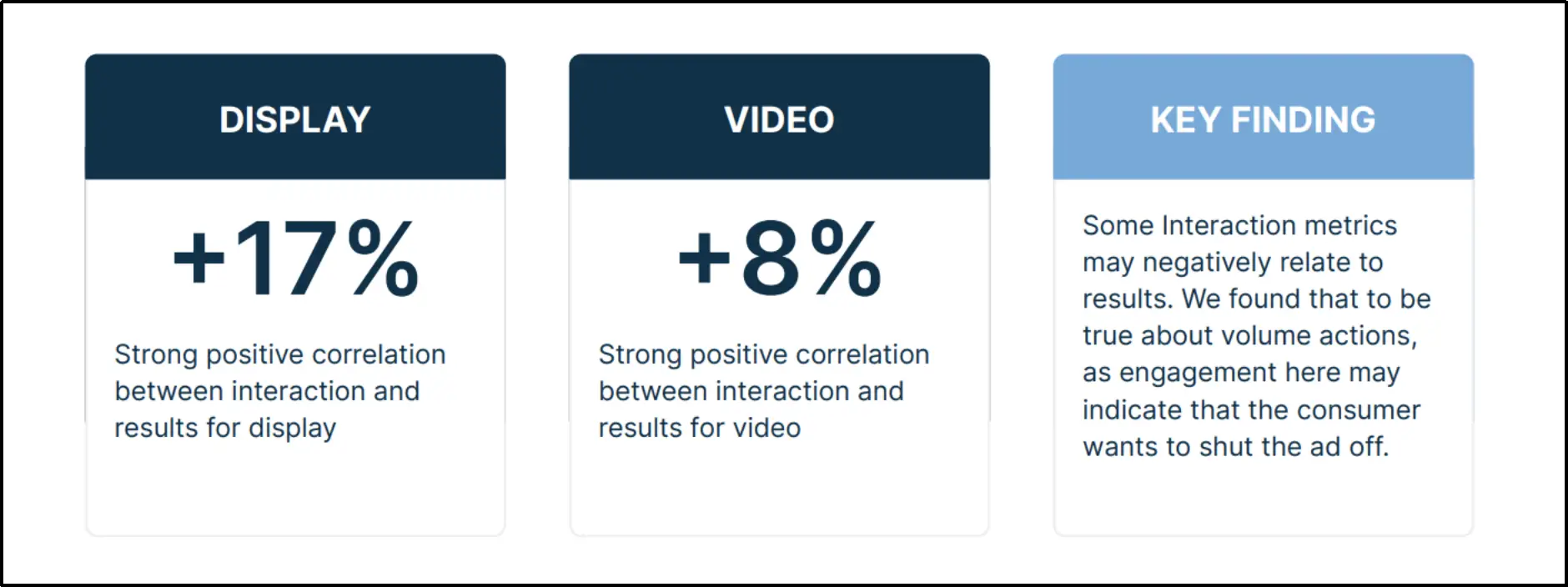
To summarise, as digital marketing navigates the evolving landscape of consumer attention, marketers are turning to a combination of media quality metrics, contextual relevance, and innovative measurement strategies. These approaches not only quantify attention more accurately but also enhance campaign resonance and efficacy, heralding a new era of engagement-focused advertising.










